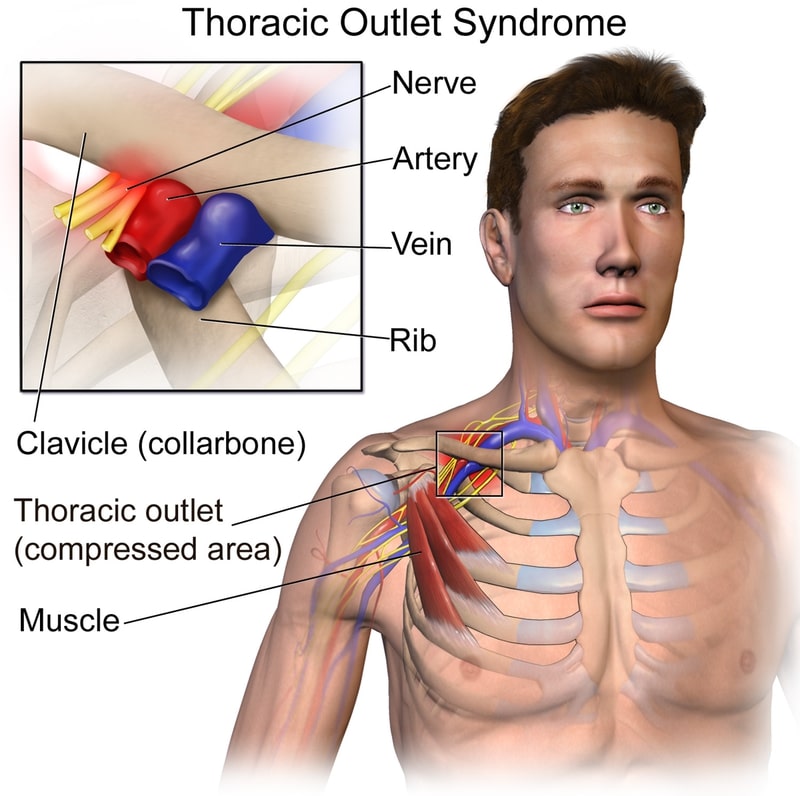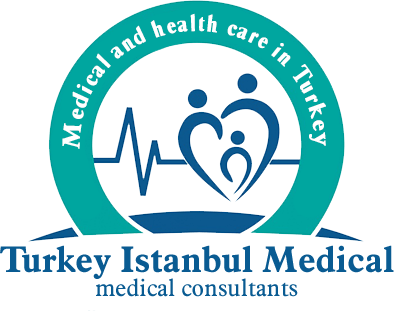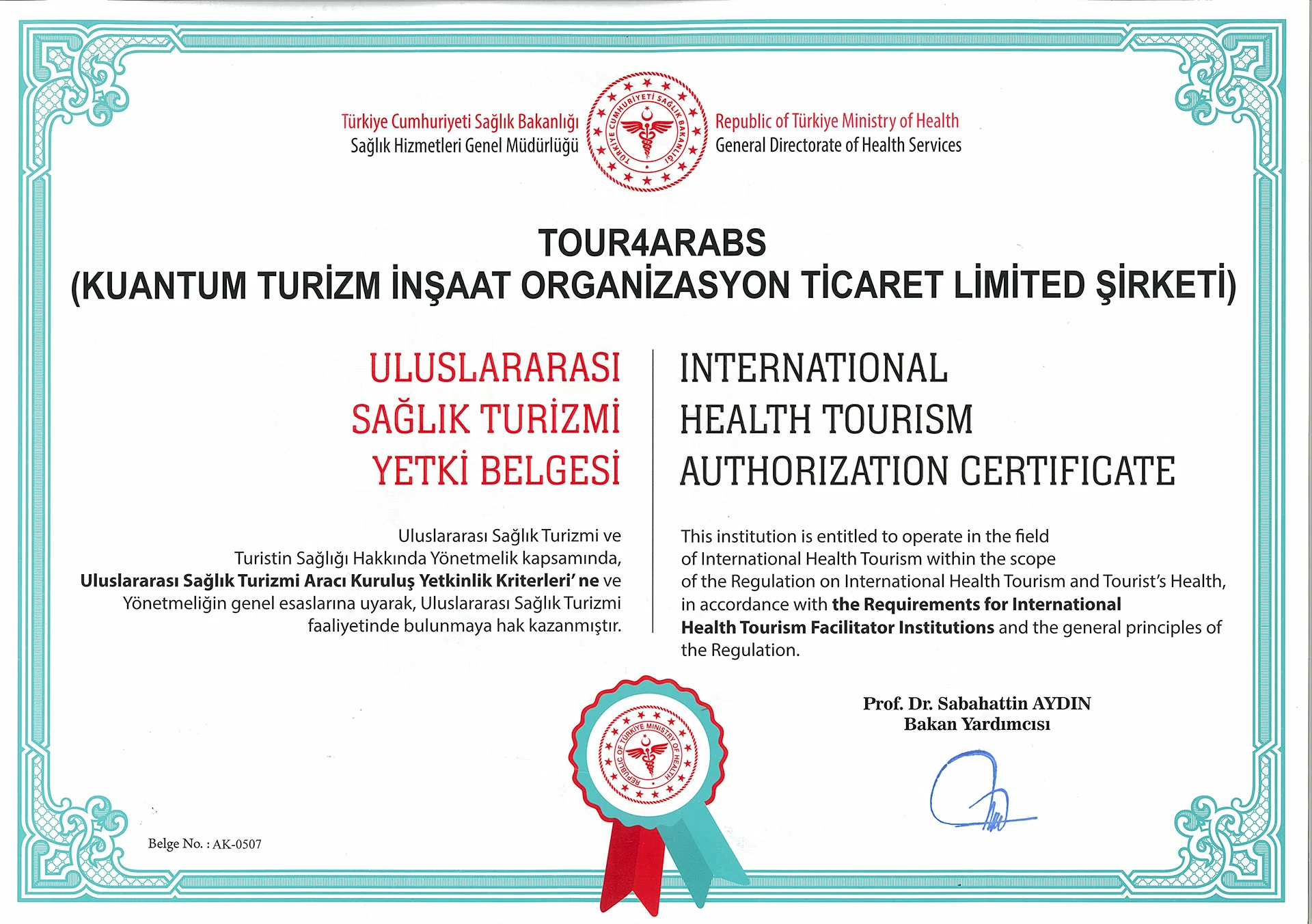Thoracic Outlet Syndrome
Thoracic outlet syndrome is a condition with unusual symptoms. Symptoms caused by compression of the subclavian artery, vein and brachial plexus above the thorax are defined as thoracic outlet syndrome.
Because its symptoms are unusual, it can be very difficult to diagnose. If this disease is not considered, the diagnosis is delayed. Symptoms such as pain in the shoulders, arms, numbness in the hand, bruising, and coldness of one of the hands occur. The most important symptom is that the intensity of the pain is proportional to the pressure.
Thoracic outlet syndrome gets its name from the space between the collarbone and the first rib. The narrow passage is filled with major vessels, major nerves, and muscles extending into the arm.
Continue
From here, the main vessels leave the thorax, while the main nerves leave the vertebrae. They extend from the narrow passage past the armpit to the arm. Discomfort occurs when vessels or nerves, or both, are exposed to pressure in or out of this range.
The onset of this disease may be due to disease, injury, or congenital anomalies. Especially due to obesity and poor posture, the symptoms of the disease become more obvious. If the shoulder muscles coming out of the chest are not strong enough to hold the collarbone in place, the collarbone collapses and vascular nerve compression is experienced.
Congenital rib and neck muscle abnormalities can also lead to thoracic outlet syndrome. Many of these patients also have psychological problems. The exact cause of these has not been determined.
Thoracic Outlet Syndrome Symptoms
The symptoms of the disease are related to which structures are compressed. When there is vascular compression, there is a decrease in the amount of blood going to the arm and hands. This causes coldness, chills and fatigue in the arm and hand where the pressure is. During the examination, the blood pressure in this arm is low and the pulse is light. The degree of complaints varies depending on the severity of the press.
When there is nerve compression, varying pains occur during neck movements. Pain can spread from the neck to the shoulder, arm and hand. Patients have difficulty in activities with their heads. If vascular and nerve pressure occur together, the resulting symptoms and complaints are mixed. If there are psychological problems that arise, thoracic syndrome can be confused with a psychological illness and its treatment is delayed.
Thoracic Outlet Diagnosis and Treatment
If the patient is thought to have this disease, some tests are done. After the physical examination, MRI, EMG and tomography examinations are performed. On examination, sunken shoulder, long neck, horizontal clavicle are observed. If finger pressure is applied to the patient, pain appears to occur. This disease is more common in musicians who play stringed musical instruments. Among the clinical tests performed;
Adson Test:
Go behind the patient, hold the patient’s shoulder with one hand and wrist with the other. A radial pulse is heard at the wrist. His arm is brought to a certain position. The head is brought to the examination side, a deep breath is taken and the patient is asked to hold the breath. If there is pressure, the radial pulse cannot be taken or it is felt weak. This is called test result (+) positive.
Costoclavicular Test:
This is called the military stance test. The chest is inflated and the shoulders are pulled back. In this position, if there is pain in the arm when the first costa is directed upwards, a decrease in the radial pulse or not feeling the pulse indicates that the test is positive (+).
Hyperabduction Test:
The arm is brought to the 180 degree position in the test. Thus, it is brought closer to the first costa. Again, the radial pulse is tried to be taken. If the pulse decreases or disappears, the test is (+) positive.
The majority of thoracic outlet syndrome patients can be treated with physiotherapy, various exercises, diet and medications without the need for surgical treatment.
With physiotherapy methods, the muscles around the shoulder are strengthened and the pressure is reduced by supporting the collarbone. Pain is reduced with medication. Excess weight is lost by dieting. Because lubrication causes narrowing of the canal in the region. If you are dealing with a job where the shoulder is used a lot, it should be changed as much as possible.
Continue
Posture exercises are done ten times a day, twice a day. Corner stretching exercises are also repeated every day. In addition, neck stretching, shoulder turning, neck pulling exercises are also performed. If effects such as pain occur during these exercises, a doctor should be consulted.
Patients should not carry heavy bags on their shoulders. Because the weight pressing down on the collarbone will cause an increase in complaints. If the complaints do not improve after these measures, surgical treatment may be considered. Surgery is the best option for the treatment of thoracic outlet syndrome. All the problems of the patients get better with this treatment.






